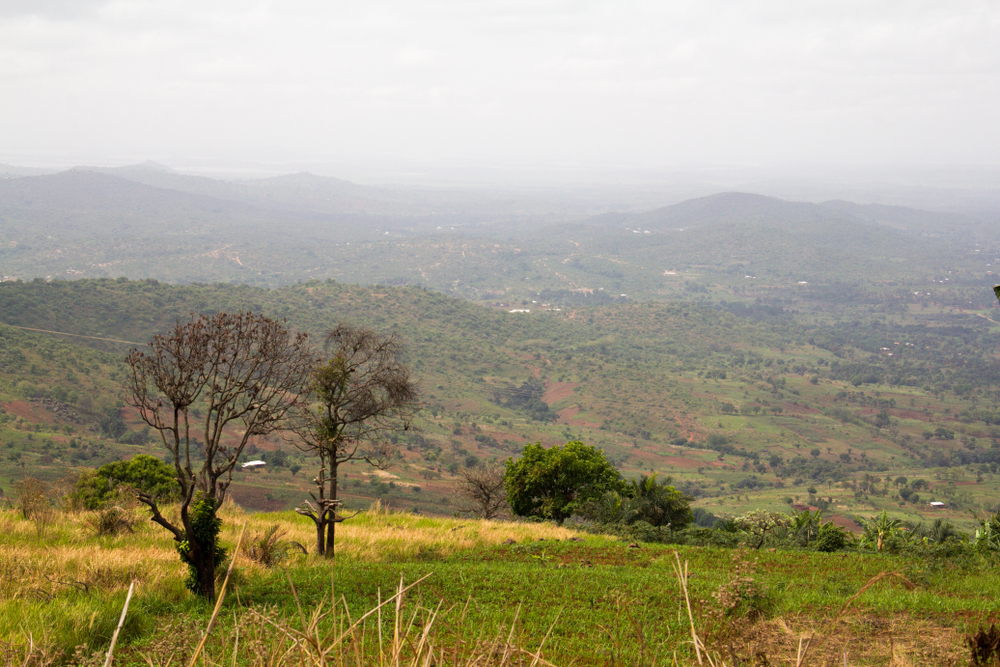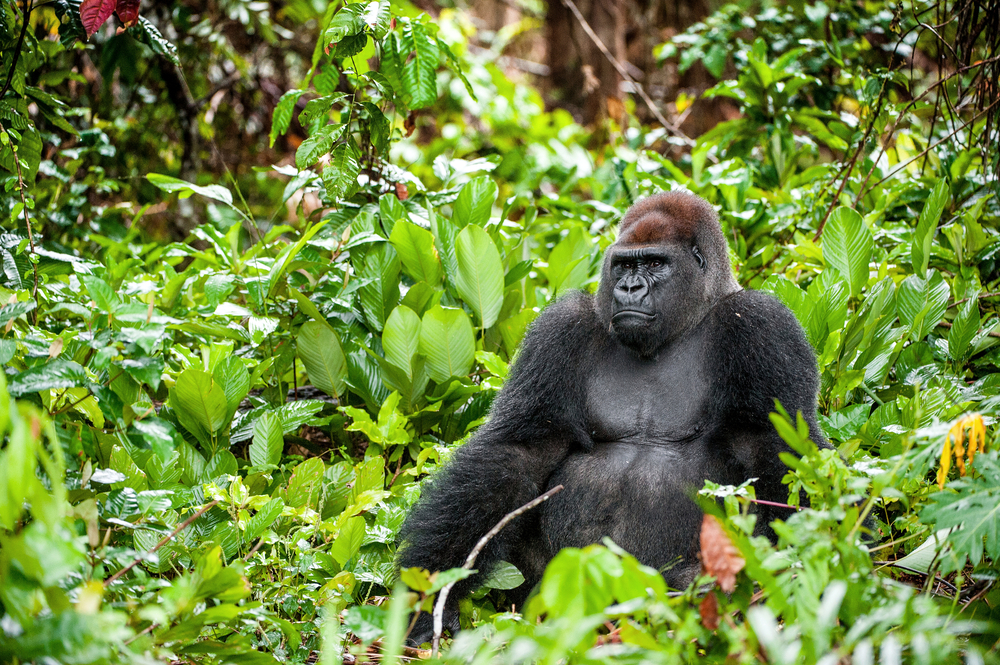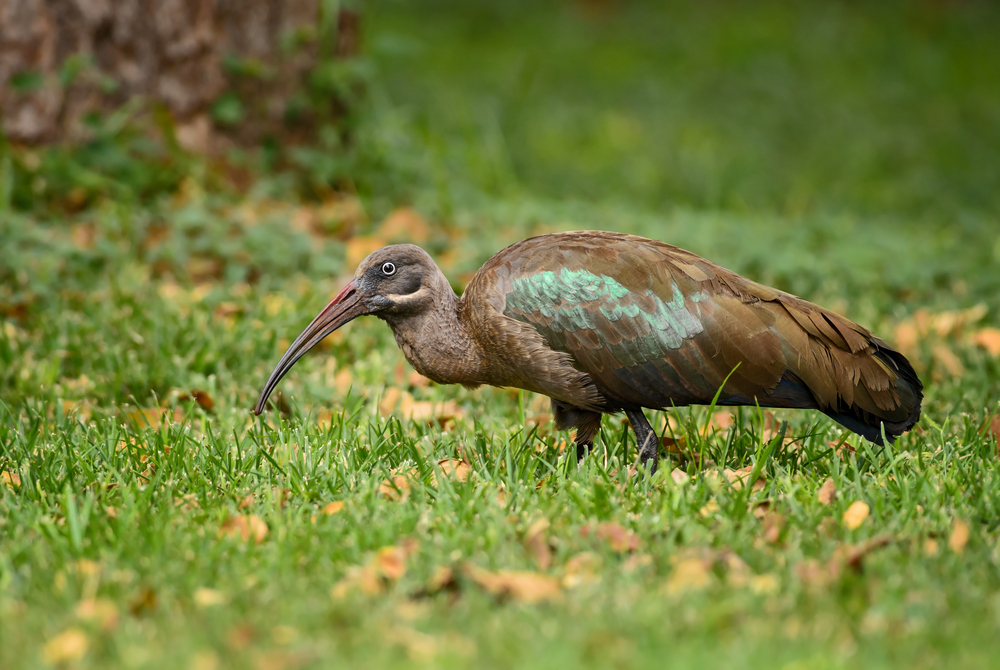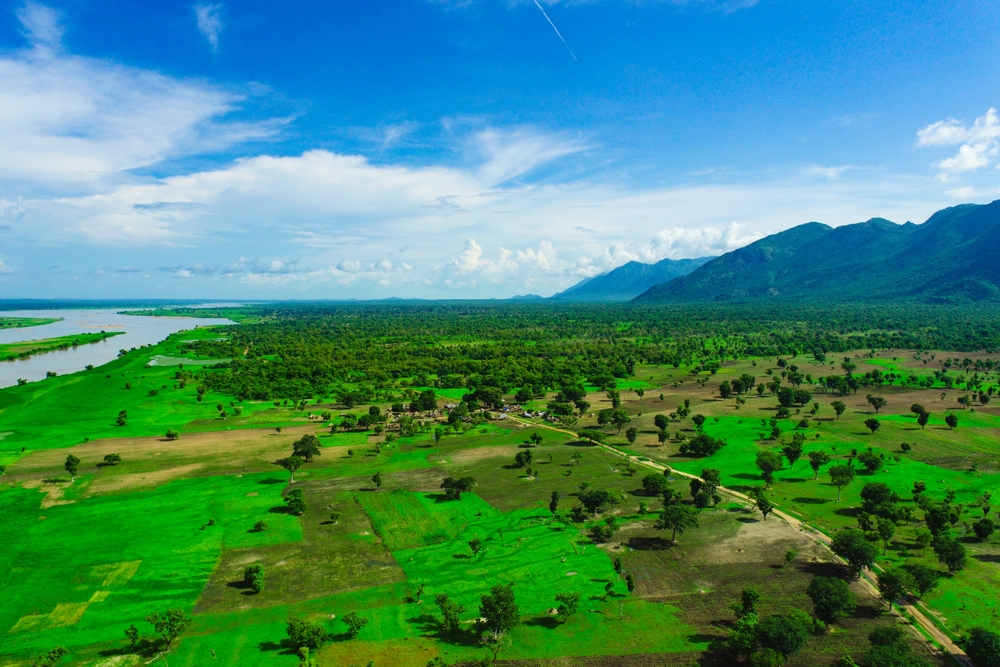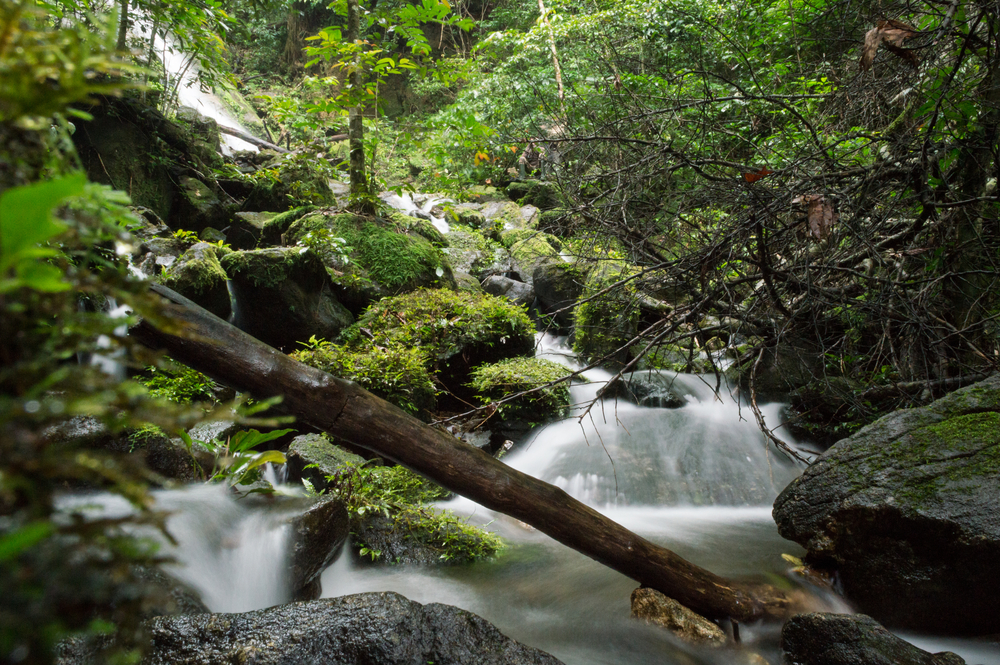Kimbi-Fungom Overview
Kimbi-Fungom National Park, located in Cameroon’s Northwest Region, is an emerging conservation area rich in biodiversity and cultural heritage. Established in 2015 and covering approximately 950 square kilometers (367 square miles), the park is part of the Cameroon Highlands Forest ecosystem, a globally recognized biodiversity hotspot. Known locally as “Parc National de Kimbi-Fungom”, the park plays a vital role in conserving unique species and ecosystems while supporting local communities through sustainable initiatives.
The terrain of Kimbi-Fungom National Park is characterized by rugged hills, rolling grasslands, and dense forests. The park’s elevation varies significantly, creating a variety of microclimates that support diverse flora and fauna. Rivers such as the Kimbi and Fungom traverse the park, forming riparian habitats that serve as vital water sources for both wildlife and local communities. The vegetation ranges from montane forests in higher altitudes to savannas and gallery forests along riverbanks, creating a mosaic of ecosystems.
Kimbi-Fungom National Park is home to a remarkable array of wildlife. The park harbors primates such as chimpanzees and drills, which are globally significant species due to their declining populations. Other mammals include antelopes, leopards, and the elusive African golden cat. The avian diversity is equally impressive, with species like the Bannerman’s turaco, a critically endangered bird endemic to the region, and various hornbills. Reptiles, amphibians, and invertebrates thrive in the park’s rivers and wetlands, adding to its ecological significance.
Visitors to Kimbi-Fungom National Park can engage with its natural beauty through guided hikes and wildlife observation tours. The park’s trails offer opportunities to explore its diverse landscapes and encounter wildlife in their natural habitats. Birdwatching is particularly rewarding due to the abundance of rare and endemic species. Cultural interactions with local communities enhance the experience, providing insights into traditional lifestyles and their connection to the park’s environment. Educational programs are also being developed to raise awareness about conservation and sustainable resource use.
Despite its ecological and cultural importance, Kimbi-Fungom National Park faces significant challenges. Encroachment by agriculture, illegal logging, and poaching threaten its ecosystems and biodiversity. Human-wildlife conflict has also increased as communities expand their activities near park boundaries. Conservation efforts led by the Cameroonian government, in collaboration with local and international organizations, focus on habitat protection, anti-poaching patrols, and community engagement. Eco-tourism initiatives are being promoted as a sustainable alternative to generate income and raise awareness of the park’s value.
Kimbi-Fungom National Park is a vital part of Cameroon’s natural heritage, representing a haven for endangered species and a symbol of the country’s commitment to biodiversity conservation. Its diverse landscapes, rare wildlife, and cultural significance make it a unique destination for eco-tourism and a critical area for global conservation efforts. Protecting Kimbi-Fungom ensures the survival of its unique ecosystems and supports sustainable development for the surrounding communities.








































































